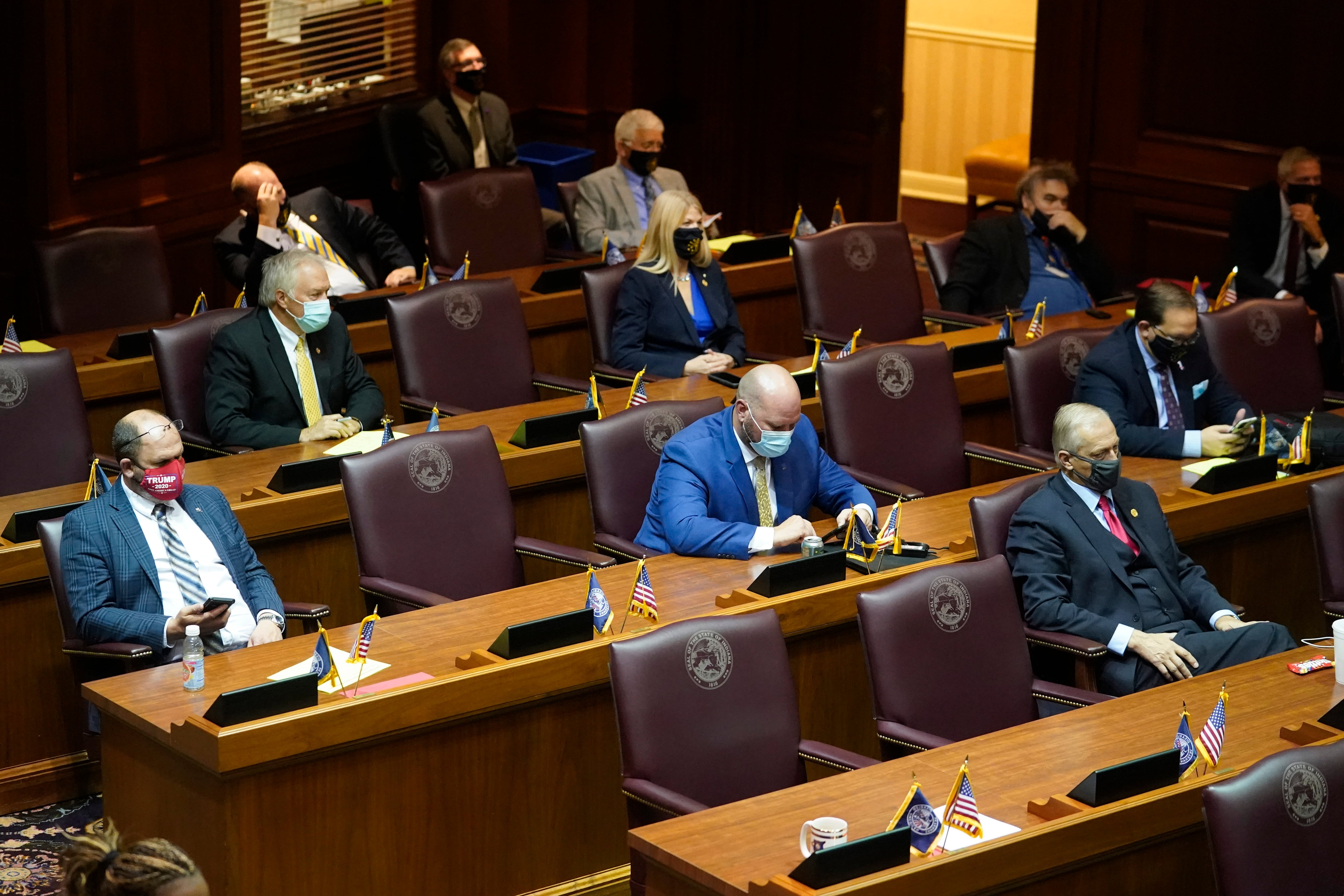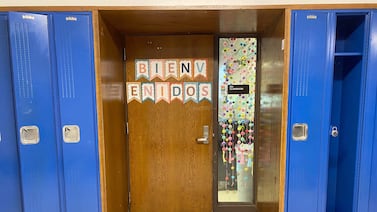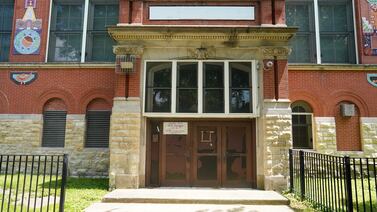At a time when many Hoosier families are in financial distress because of the pandemic, the Indiana House Republicans’ draft budget would cap the state aid for educating children in poverty and at the same time fund a significant expansion in private school vouchers for middle-class families.
The budget proposal, which was presented to and passed by the House Ways and Means Committee Thursday, would increase state funding for K-12 education by $378 million over the next two years — a 3.8% boost from this school year. The state would spread that increase across all Indiana public schools and a host of contentious education priorities while limiting funding to districts where poverty surges because of the pandemic.
The draft is an early step in the state’s budget development process. The Senate will produce its own budget proposal before the two chambers negotiate a final agreement.
Thursday’s proposal omits any substantial increase for teacher raises that a state panel recommended last year.
Republican lawmakers hope to spend about $66 million over two years to dramatically expand state aid for private schools and to include more generous tuition subsidies for students from middle-class families.
The budget plan would also increase state funding for virtual schools to the same amount that brick-and-mortar schools receive, which is expected to cost nearly $28 million over two years.
That move would direct more money to one of the state’s most troubled education sectors. But it may also benefit many schools that typically operate in person but may offer remote instruction next school year if the pandemic does not abate.
Charter and innovation schools would get a boost in the budget. Because those schools do not typically receive local property taxes to pay for buildings and other operation costs, the state provides them a per-student grant. The budget proposes increasing that amount to $1,250 over the next two years, up from $750 this year.
The budget also would earmark $150 million in one-time funding for programs that aim to help students who have fallen behind in school during the pandemic.
House leaders touted the budget proposal as showing their commitment to K-12 education even as the state’s finances are tight.
“We did not reduce education during the pandemic, and we build on those increases in this budget cycle,” said Republican Tim Brown, chairman of the House Ways and Means Committee.
“Parents by far and away want to make choices for their kids. They want to have options,” Brown said. “I know a lot of parents are going to be looking at hybrid models out there, and whether they even want to send their children back to school.”
The proposal was met with skepticism by Democrats on the committee, who said that it did not address the state’s pressing need to increase teacher pay.
“The school funding formula introduced today is furthering the GOP’s education ‘separate and unequal’ agenda by effectively creating ‘haves’ and ‘have-nots,’” said Greg Porter, D-Indianapolis, in a statement. “My colleagues across the aisle believe they have a right to determine which child’s future is worth investing in and which is not.”
Poverty aid
Despite more children living in poverty during the pandemic, lawmakers are proposing curbing the additional money schools could receive if the numbers of students from low-income families rise.
During the pandemic, child poverty has risen across the country. About 15% more Indiana households received food stamps in September than a year earlier.
In prior years, that increase in poverty would have driven a similar surge in the amount that schools receive from the state. The number of students who get food stamps is one factor used to calculate how much aid districts receive to educate students from low-income families.
But this year, the House is proposing a new formula that would curtail the bump in aid schools receive if more of their children are in poverty. Lawmakers say it will help reduce fluctuations in funding. Under the House proposal, the so-called “complexity index,” which is used to calculate aid for schools, would only be able to increase or decrease by a limited amount.
Two years ago, lawmakers limited the amount that complexity funding could decrease, in a bid to protect schools from big losses in aid when the economy was strong. But the new ceiling on the amount of additional aid districts can receive would eat into assistance just as students’ needs climb.
Even with the proposed cap tamping down hikes in state aid, because of the increasing need, the amount of money dedicated to educating needy students is expected to rise by about $19 million next year to reach about $689 million.
While the budget proposal calls for increasing the basic per-student payment to schools, it would keep the complexity amount flat. By increasing funding across the board, the state effectively awards larger increases to districts serving more affluent populations.
Wayne Township in Indianapolis, a district where two-thirds of students come from low-income families, is projected to see lower-than-average per-student increases in the budget plan because of a 7.3% loss in complexity funding.
“I’m just shaking my head,” said Wayne Township Superintendent Jeff Butts. “Once again, we’re creating greater inequities in funding.”
Vouchers
The budget would vastly expand state funding for children from middle-class families to attend private school.
The budget would fund a controversial proposal that would open the state’s private school voucher program to thousands of families who currently make too much money to qualify. The proposal would increase aid for middle-class students and create an education savings account program, which would give stipends to parents of children with special needs.
The plan would expand eligibility for vouchers each year. By 2022-23, a family of four would qualify if earning up to about $145,000 per year. That’s well above the state median income for families, which is about $74,000 per year.
Middle-class families would also receive more money for tuition. Currently, families receive vouchers of 90%, 70%, or 50% of the state tuition aid, with the amount decreasing for greater incomes. The budget proposal would increase all vouchers to 90% of how much the state would have spent on a child’s public education.
The expansion would cost the state about $33 million per year.
Stephanie Wang contributed reporting.








